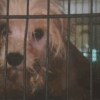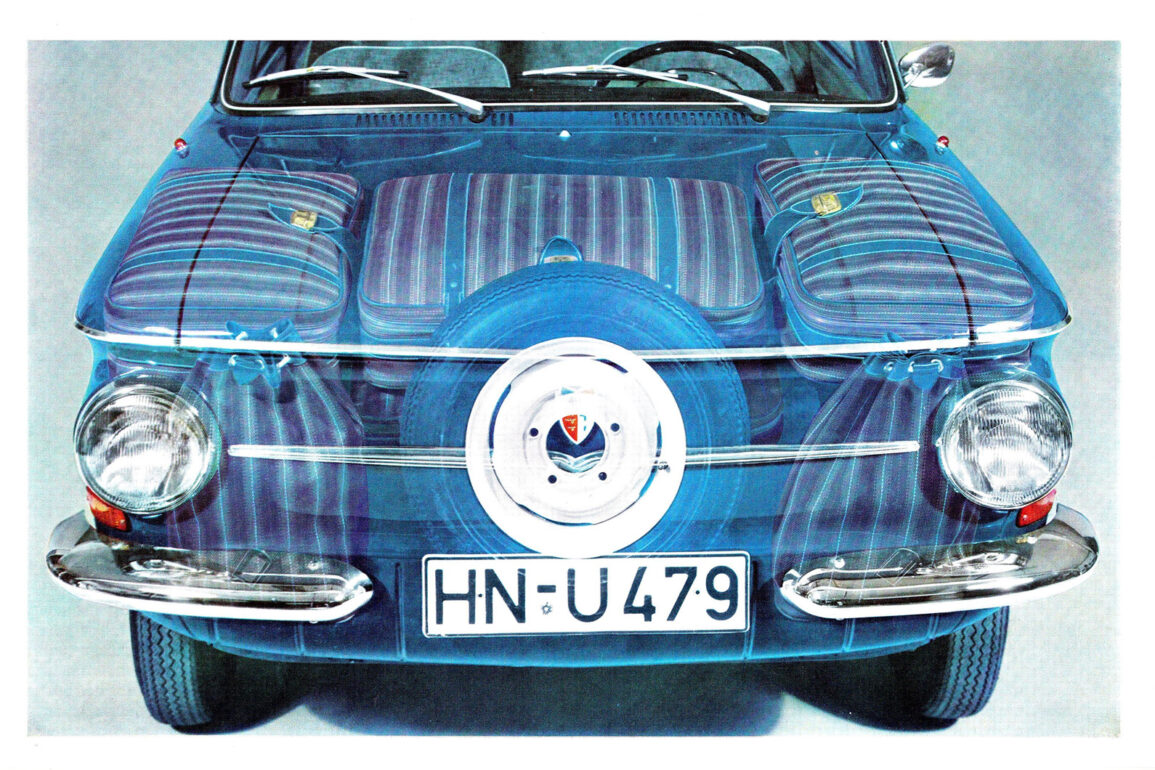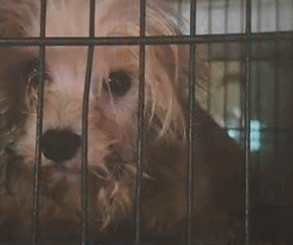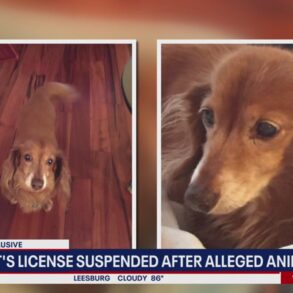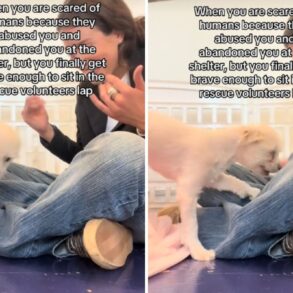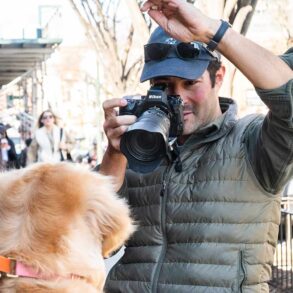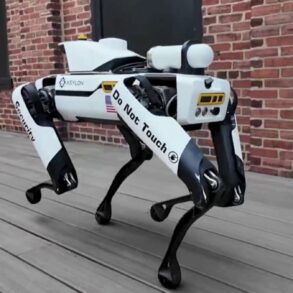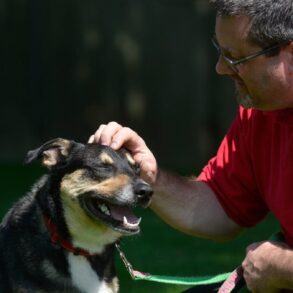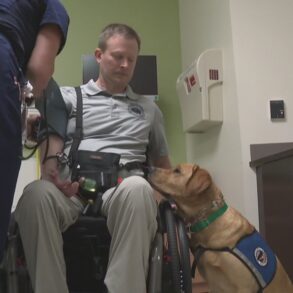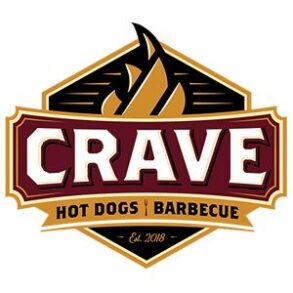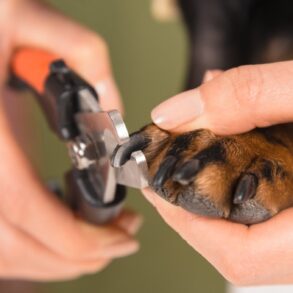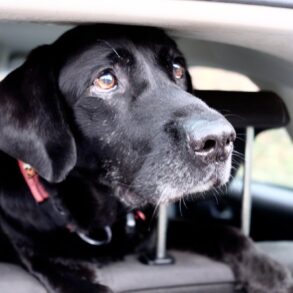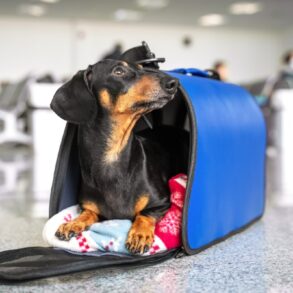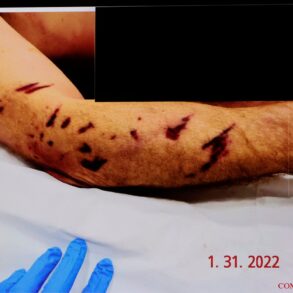When it comes to old car brochures, one recurring theme is the importance of demonstrating the volume of a trunk. This comes up over and over again, and it makes sense, as people like to travel with stuff, and stuff has to go somewhere in the vehicle in order to, you know, move. I think some scientists demonstrated this in the early 1900s. So, carmakers liked to show just how much stuff one could cram into a given trunk in their brochures. And sometimes they did this in weird ways, like Panhard, which I now suspect of using some extremely questionable at best methods.
Usually, trunk volume was shown by very carefully packing it full of suitcases, carefully tetris’d into place by experts in the field, a small cadre of people so good at trunk-packing they were routinely flown in private jets and zeppelins to trunk-packing jobs, where they were treated like royalty.
![]()
I know you’ve seen some of their work over the decades; one doesn’t forget work like this:
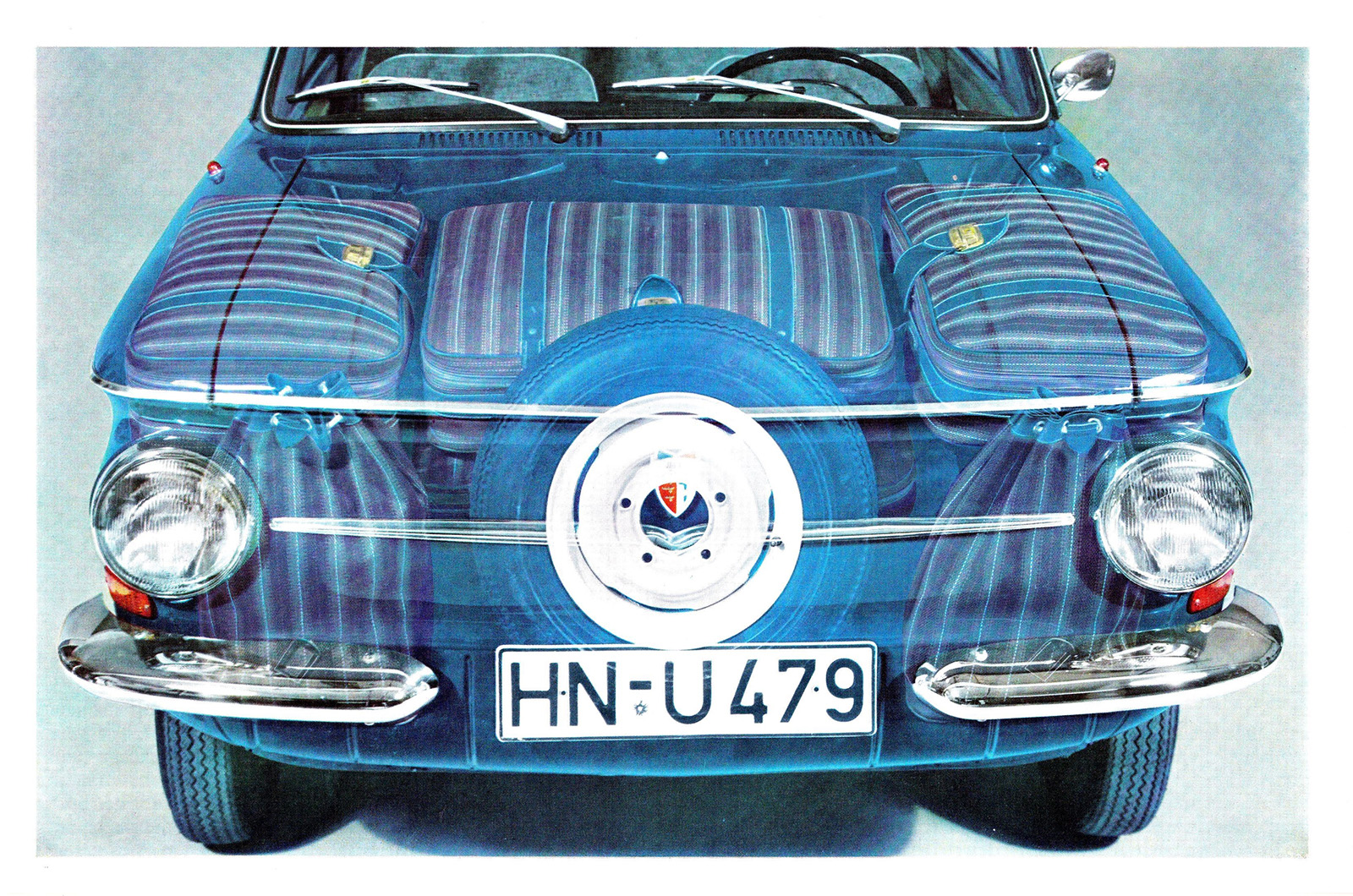



Stunning work, right? Well, trunk-packing like that didn’t come cheaply, and not all carmakers could afford it. You’d think they could just hire an illustrator to draw or paint an incredibly well-packed trunk, right? Sure, we could do that now, but the concept of drawing objects in a commercially-available automobile trunk that were not actually based on an actual packed trunk was decreed as illegal by international law and codified by the International Bureau of Weights and Measures (IBWM).
This means you could not just draw a bunch of suitcases in a trunk that would be hilariously small in reality and expect to get away with it. However, there was a pretty big loophole: if a company was willing to actually make sub-scale suitcases and pack them into a trunk, the setup could be certified by an IBWM representative, and then an illustration of those purpose-built suitcases or whatever could be commissioned. Here’s an example:
ADVERTISEMENT
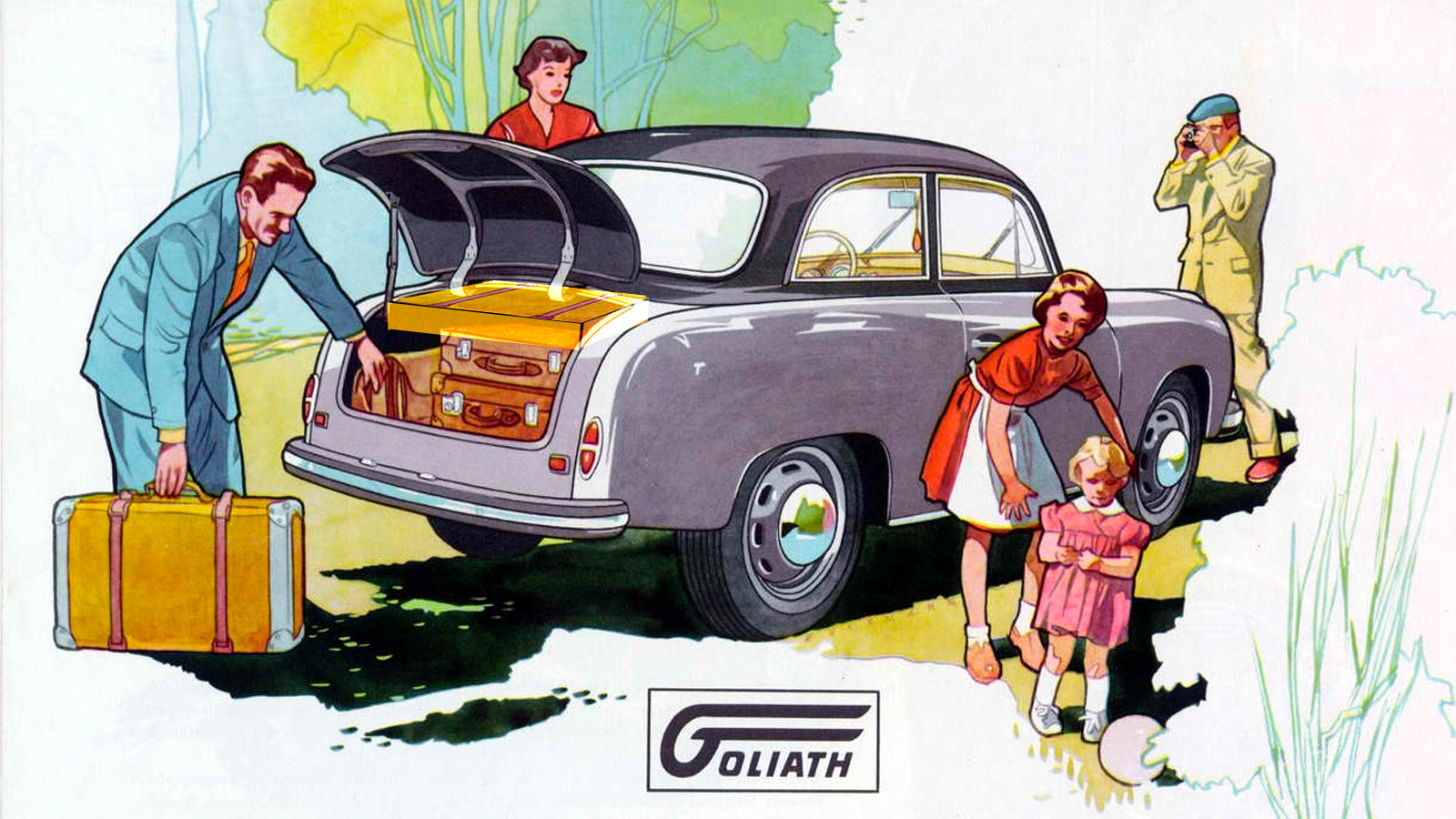
A Goliath, despite its name, was not a large car. Those suitcases would have been quite small! Also, in this illustration, where is that guy planning to put that last case?

So, as you can see, there were ways around this rule. Which brings us to the Panhard Dyna Z brochures, some of which just used the usual make-little-suitcases-and-draw-those approach:

Those suitcases in this cutaway would have been good to hold, like two sandwiches apiece, because the Dyna Z, while very cool and advanced, was not a big car. Here, you can get a sense of scale by watching this video of me, not a big man, with this Dyna Z, not a big car:
ADVERTISEMENT
It sure is a charming car, though!
Anyway, eventually, Panhard got tired of just making little suitcases, and moved on to more daring displays of trunk volume, like this:

Oh wow; we have a little kid, a ball, and what appears to be a collie all just hanging out in that trunk, just enjoying that trunk life. But let’s look at an actual Dyna Z trunk:

Does anyone have a banana? Let’s get a banana in there for scale. I think I have one somewhere in these pants:

(and, yes, fantastic taillights on these things.)
ADVERTISEMENT

There we go. As you can see, it’s a decent-sized trunk, but by no means huge. And it sure as hell seems to small for what seems to be – based on the limb proportions – a kid of like 7 to 9 or so and at least an adolescent collie to just be hanging out in there.
So how did Panhard pull this off, given the strict requirements of trunk size representation of the era?
Well – and this has never actually been proven, just to cover my ass – it seems that Panhard may have employed some controversial genetic engineering/breeding programs/chemical manipulations to produce significantly sub-scale children, dogs, and balls.
Rumor has it that one child, known as Dyna-HB-008, was the only surviving product of their breeding program, and stood only 21″ tall, despite having the proportions of a much larger child. Panhard kept this child sequestered from the media, reportedly treating him well, but it’s still a somewhat tragic existence.
ADVERTISEMENT

Eventually, Dyna-HB-008 was released to the Soviet space program, where he became the pilot of the Soviet Union’s first successful lunar rover, Lunokhod 1 in 1970. Reports suggest he remains living on the moon to this day, subsisting on a strain of lunar sorghum specially genetically engineered to grow in the lunar soil and supplies from bi-monthly resupply ships. Most reports suggest this was a voluntary choice, as his incredibly secluded childhood left him uneasy among other people, and the moon’s low population was appealing to him.
He’s best known to most people for writing the book Tuesdays With Morrie under the pen name “Mitch Albom”
Eventually, the IBWM dropped the requirements for portraying trunk volume, in part due to controversies stemming from Panhard’s ethically-dubious attempts around the requirements. Today, CGI and AI can create luggage and collies and people of any size and scale to pack into a car trunk. You can’t trust any pictures of trunks today as a result.
Is this progress? Who knows.
This post was originally published on this site be sure to check out more of their content.



